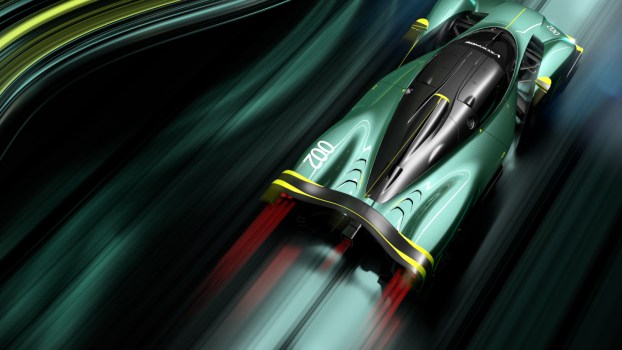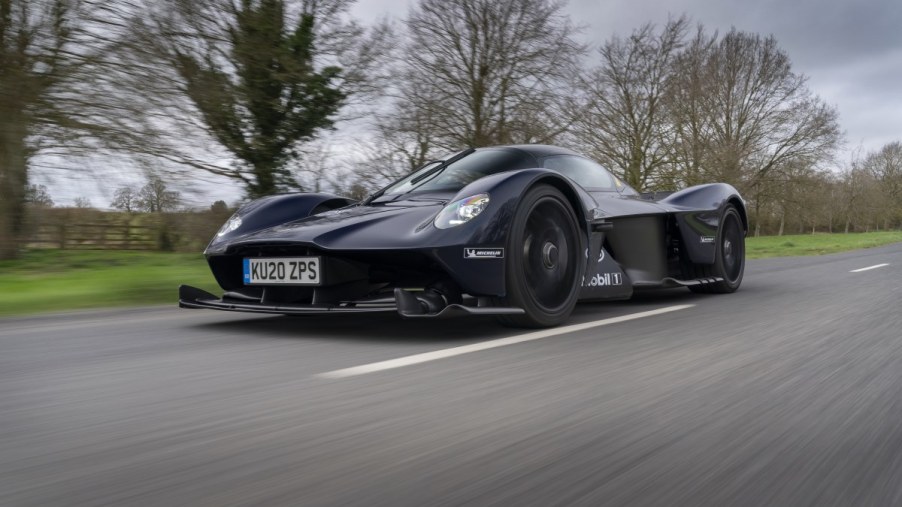
Aston Martin Valkyrie Brings True Formula 1 Technology to the Street
One look at the Aston Martin Valkyrie says it all: this car isn’t for the daily school run. If we’re honest, hypercars like the Valkyrie don’t even seem like real life. That said, the Valkyrie is a technological marvel, putting F1 performance into a (mostly) road legal form.
The Valkyrie is a joint-project from Aston Martin and Red Bull Racing Formula 1
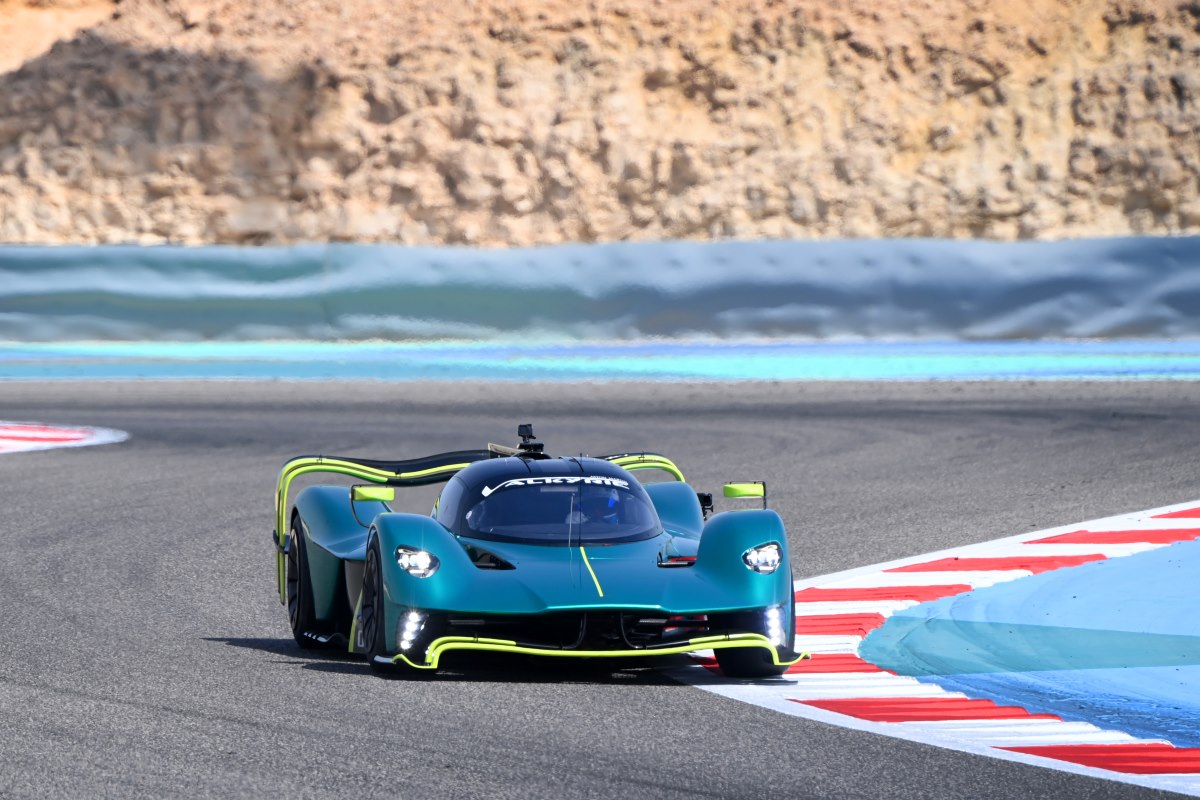
Originally conceived by Formula 1 aerodynamic luminary Adrian Newey, the Aston Martin Valkyrie is a festival of high-performance engineering. With Newey, Red Bull F1 boss Christian Horner, and a host of Red Bull and Aston Martin engineers running development, Valkyrie is unlike any Aston Martin that came before. The result is a stunning track-day weapon, complete with space-age materials and a downforce-focused design.
How the Aston Martin Valkyrie is different from other hypercars
Most hypercars are designed with track work in mind. In that sense, the Aston Martin Valkyrie fits right in. But in designing this first-of-its-kind Aston Martin model, Newey, and Horner aimed at a hypercar that could be just as at home on the road.
It’s a feat that several have attempted, though few have managed to pull off. In truth, track-ready handling is often too harsh and jittery for competence on the street. However, with a genius like Adrian Newey on board, the Valkyrie was in a better position than most to achieve such a goal.
Aerodynamic grip allows for more mechanical forgiveness
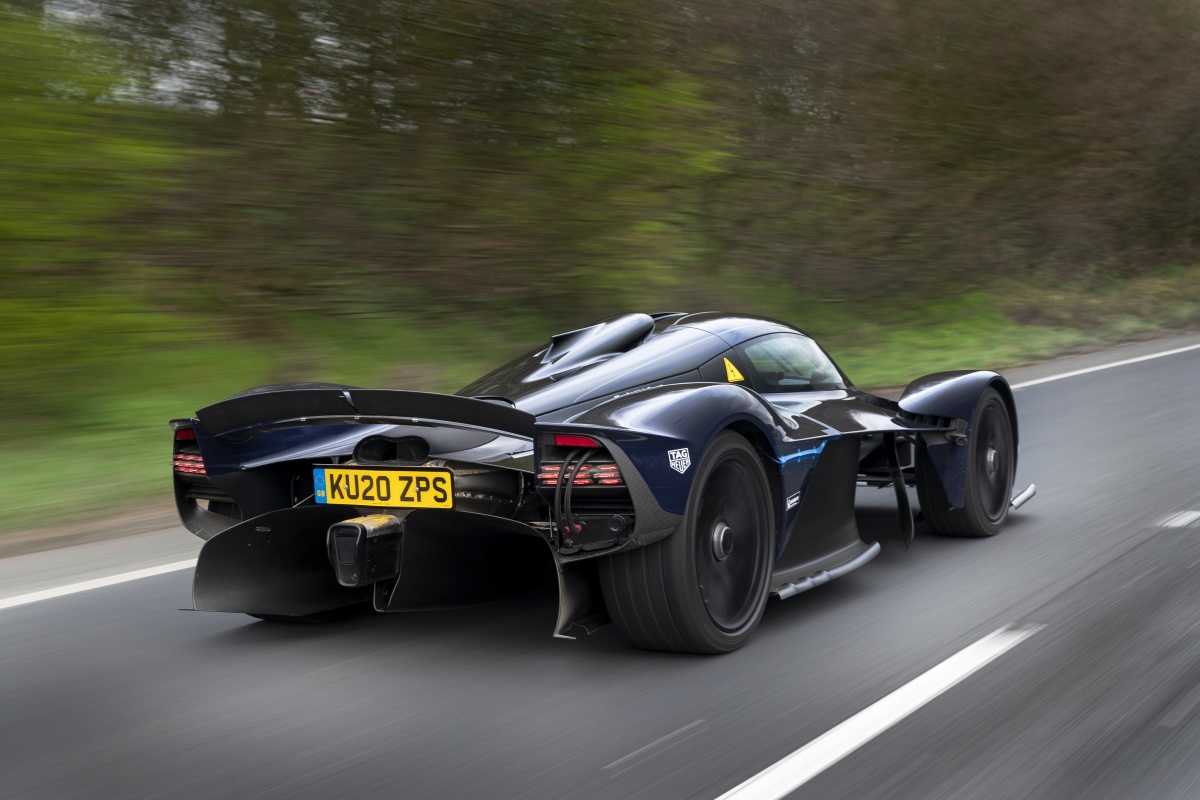
The secret to the Aston Martin Valkyrie formula isn’t all about damping and roll bars, like in most high-performance cars. Instead, Red Bull and Aston Martin leaned into their Formula 1 experience to create aerodynamic grip.
The result is a wild-looking car, even by hypercar standards. The open floor and aggressive rear diffuser create a Venturi Effect. In essence, the curve of the rear diffuser accelerates the air as it leaves the underside of the car. This, in effect, pulls the car into the ground creating more grip.
Up front, a large front splitter acts in much the same way. With a slight curve on the underside, it acts as an upside-down airplane wing. The high pressure above and low pressure below push the car into the ground. With the splitter and diffuser combined, downforce is strong at both the front and rear, creating balanced and extremely confident handling.
Formula 1 engine technology in the Aston Martin Valkyrie
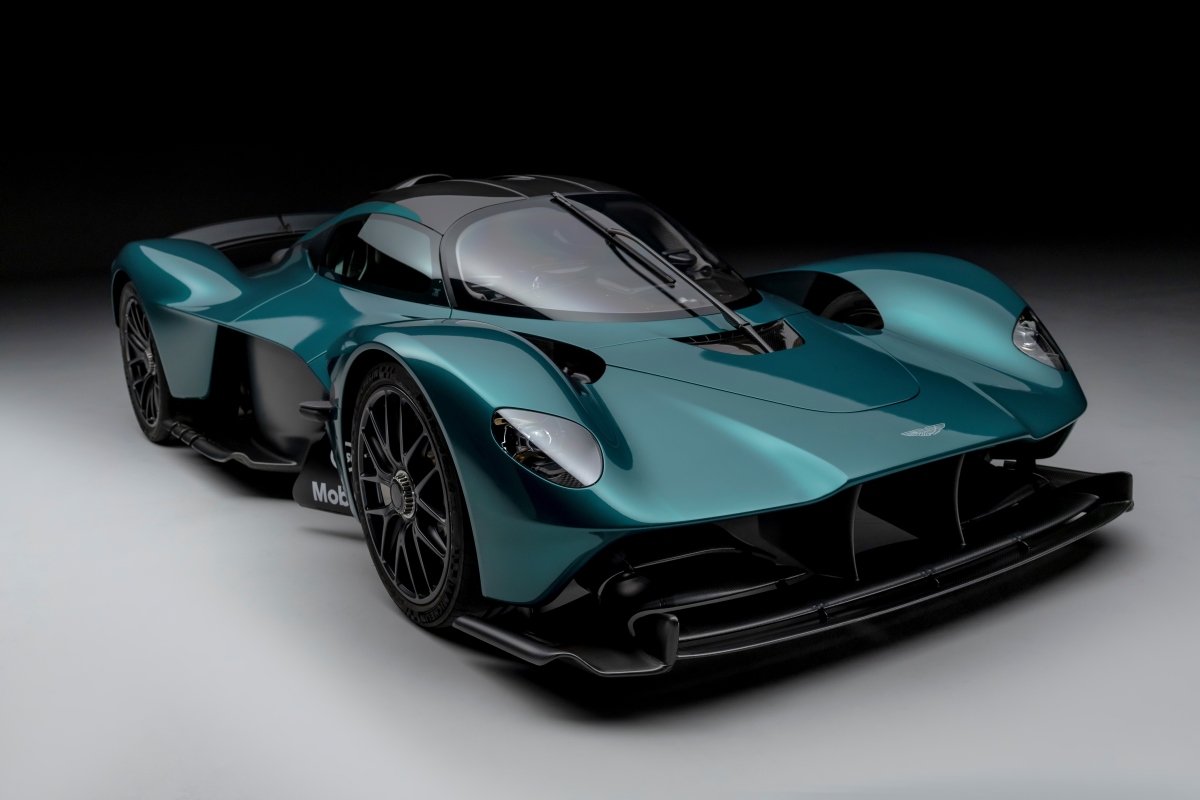
In addition to its aerodynamics, the engine in the Aston Martin Valkyrie comes from Formula 1 tech as well. With a 6.5-liter naturally-aspirated V12 and a hybrid drive system, the Valkyrie makes a total of 1,160 horsepower and 664 pound-feet of torque.
In addition, the hybrid battery pack recharges with a Kinetic Energy Recovery System (KERS), much like that used on Formula 1 cars. This uses braking and coasting to keep the hybrid system powered up, without taking any power away from the combustion engine.
Is the Aston Martin Valkyrie road legal in the U.S.?
Since it features headlights, seatbelts, and airbags, the Valkyrie is technically road legal in the U.S., though not for daily driving. It can only be registered under the Show and Display exemption. That’s because it hasn’t been DoT approved for sale in the U.S., and as such requires buyers to privately import the vehicle themselves. Still, the Valkyrie offers enough technological significance to be legally registered, avoiding the 25-year import ban.
